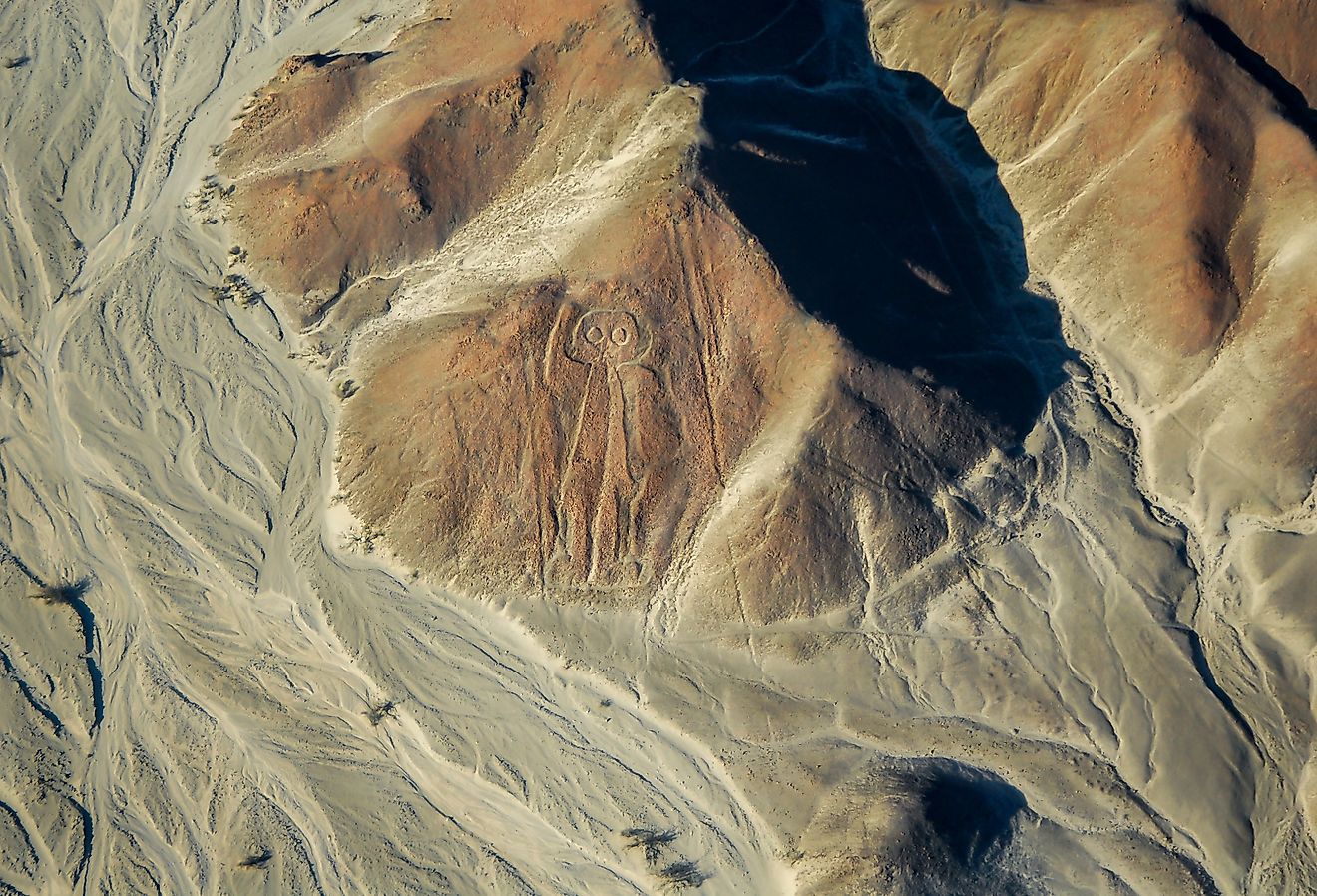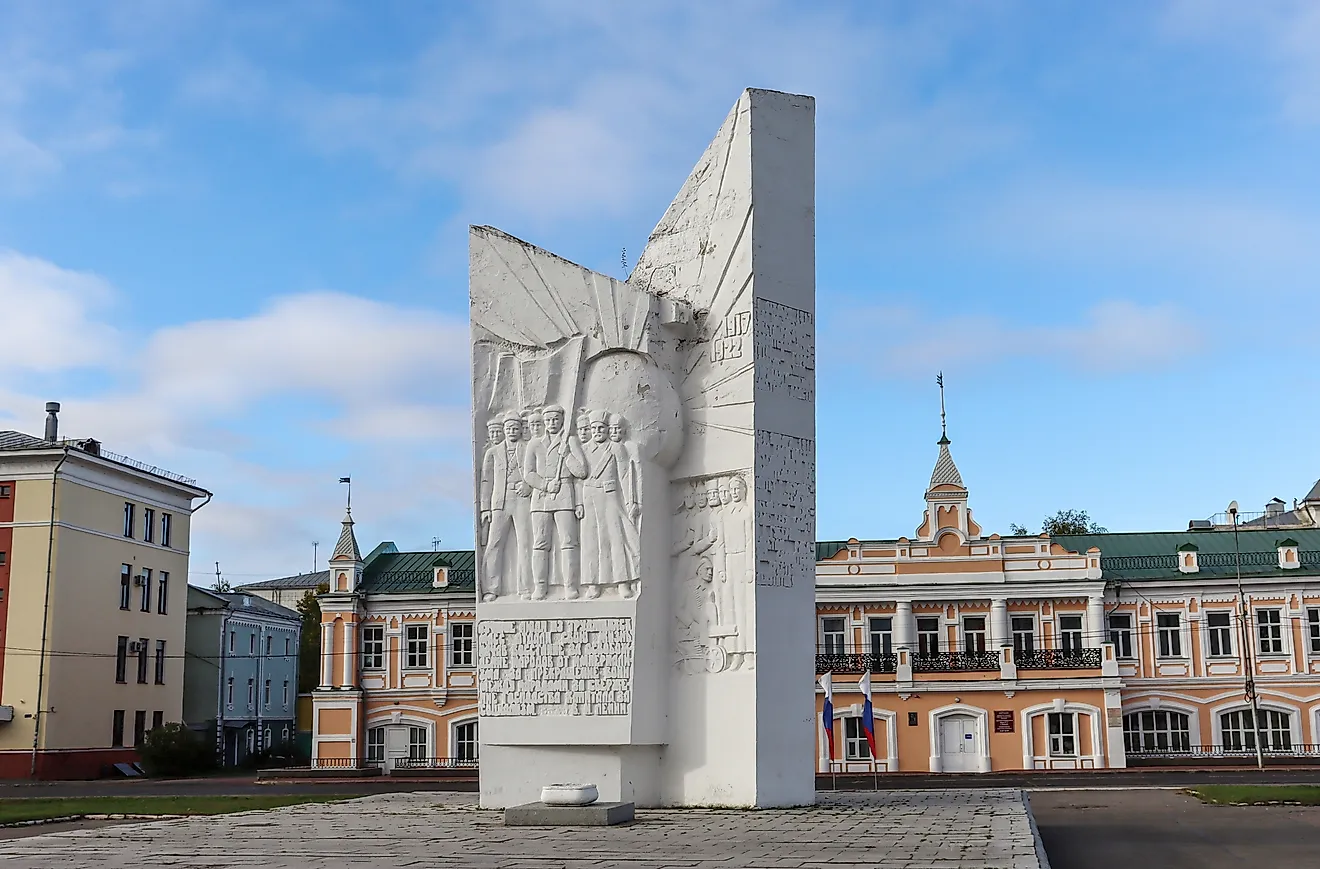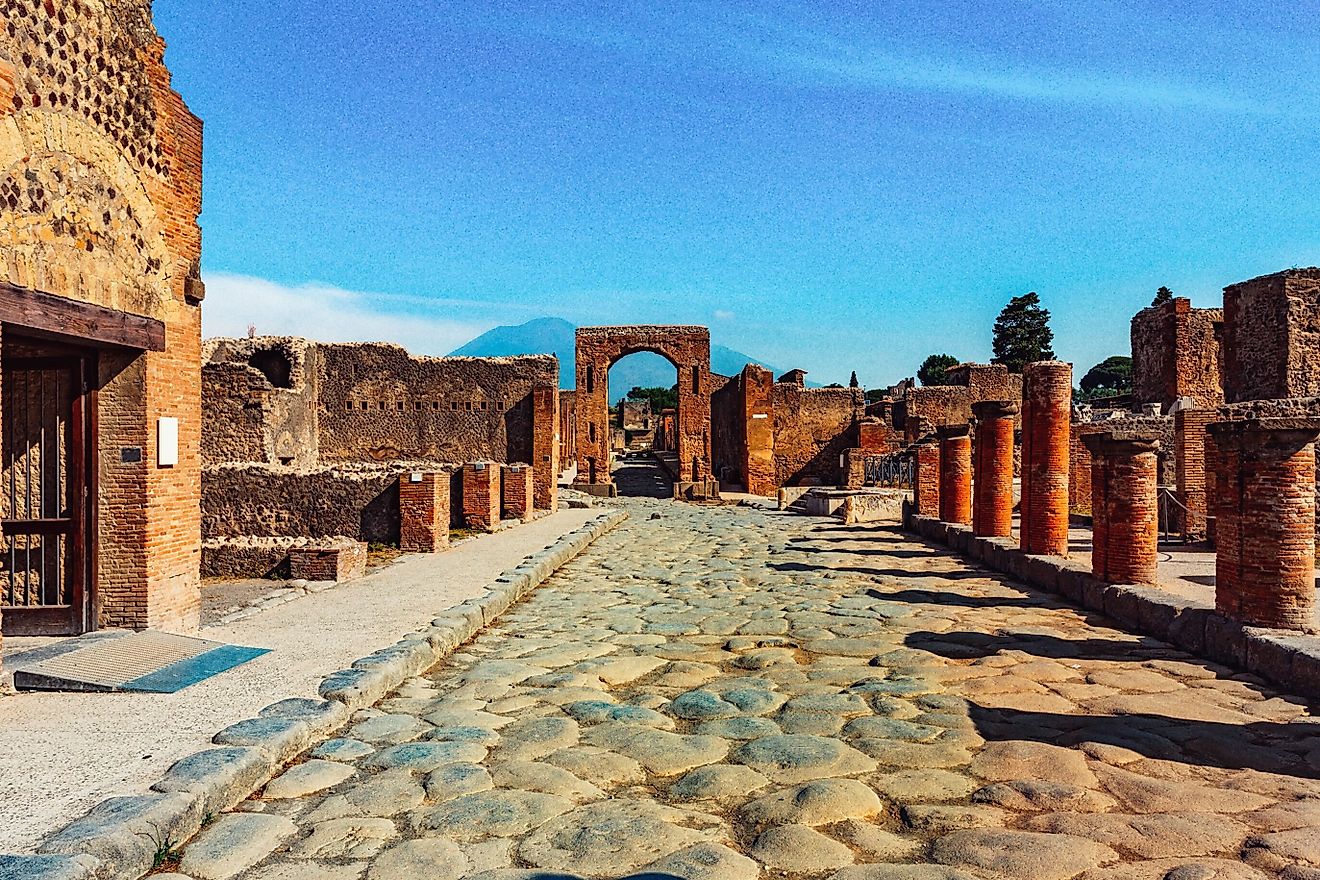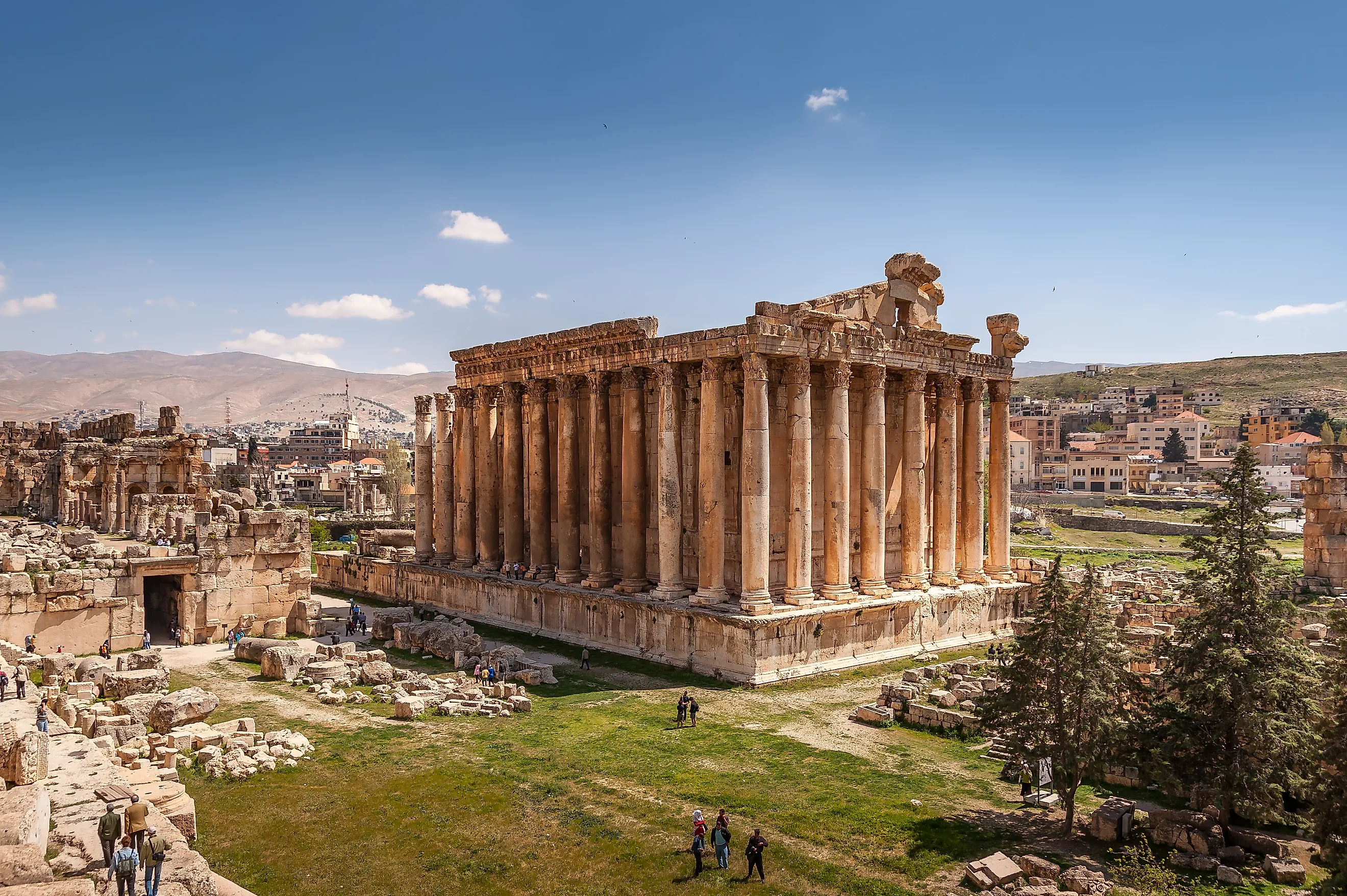
9 Lesser-Known Wonders of the Ancient World
While most people are familiar with the Seven Wonders of the Ancient World, which were designated many centuries ago by Hellenic travelers, there are many more ancient wonders that are equally worthy of attention, many of which remain standing today. Among these are an underground city in Turkey, an ancient city built atop a coral reef in the Federated States of Micronesia, an 85-foot-wide Stone Age mound in Ireland, and the remnants of an extensive Mayan civilization in Guatemala.
Derinkuyu, Turkey
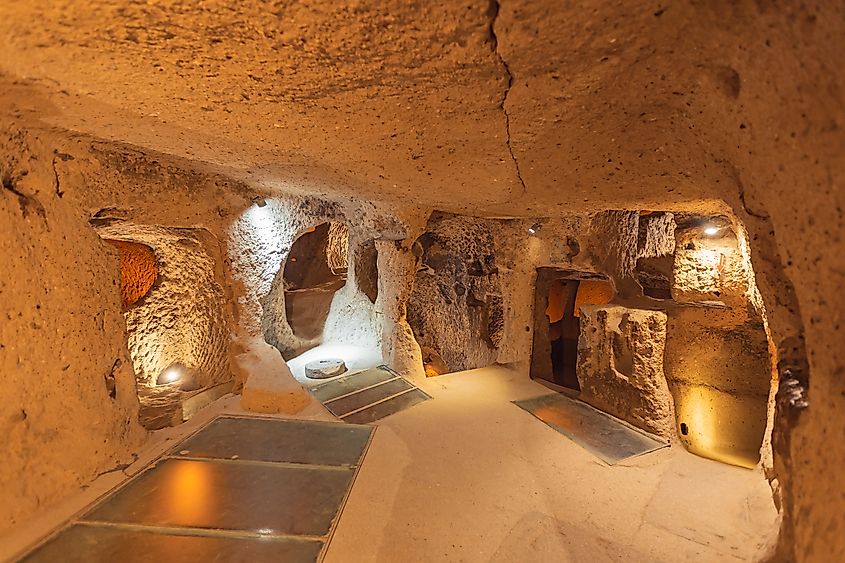
Derinkuyu was an underground city in Turkey that once sheltered up to 20,000 people. It is currently the largest excavated settlement in Turkey and one of several known complexes in the Cappadocia region, sitting about 85 meters (279 feet) underground. Like many of the other Cappadocia complexes, the city had amenities such as chapels, wine and oil presses, storage rooms, cellars, and stables. Archaeologists also uncovered a spacious room with vaulted ceilings in Derinkuyu, which reportedly served as a religious school. While the caves initially could have been built by the Phrygians as far back as the 8th or 7th century BCE, the Arab Muslims more fully developed the city between 780 and 1180 CE, during the Arab-Byzantine wars.
Nan Madol, Federated States of Micronesia
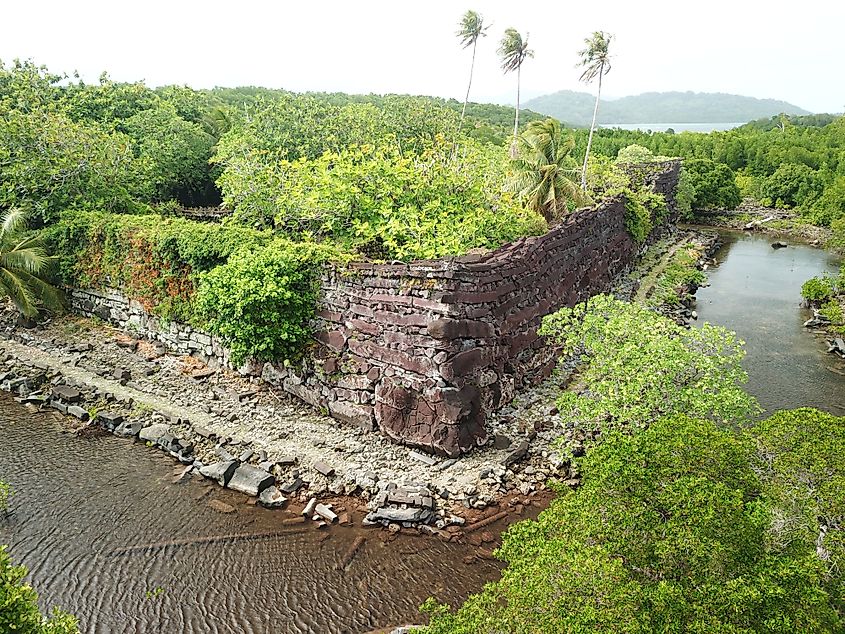
Nan Madol is an ancient city constructed over a coral reef. Between 1200 and 1700, the city served as a major spiritual and political hub for the native Pohnpeians, acting as a fortress, an important government seat, a marketplace, and a religious center for the island. At its peak, the city served as the center of the Saudeleur dynasty, which ruled over all of Pohnpei’s estimated 25,000 residents. Sometimes compared to Venice, Nan Madol consists of a network of tidal canals that traverse the city. It also appears to float on water, with carefully carved basalt stones set atop one another to form the walls of 130 buildings. While some of the stones are relatively light, others weigh as much as 45,000 kilos (about 100,000 pounds) each, emphasizing the extraordinary labor involved in the city’s construction.
Baalbek, Lebanon
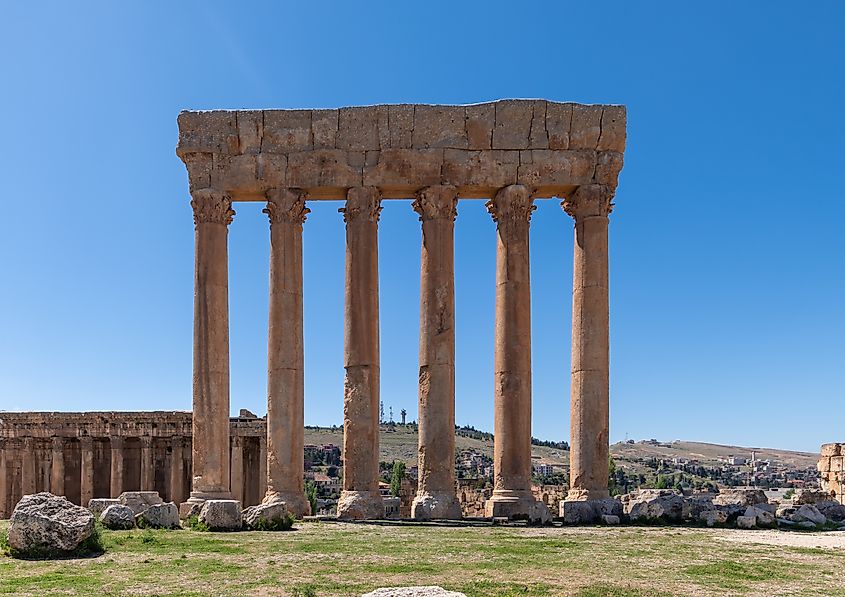
Dating back at least 11,000 years, Baalbek has existed through a variety of historical eras, including the Prehistoric, Canaanite, Hellenistic, and Roman periods. In 334, Alexander the Great conquered the city, taking it under the control of Roman rule. During this period, the empire constructed the Temple of Jupiter and the Temple of Bacchus, which were later registered as UNESCO Heritage Sites in 1984. Baalbek was built over a span of more than two centuries, leaving behind the colossal structures that still stand today. The Temple of Jupiter features columns that stand 20 meters (66 feet) high, while the neighboring Temple of Bacchus is renowned for its intricate ornaments and sculptures.
Newgrange, County Meath, Ireland
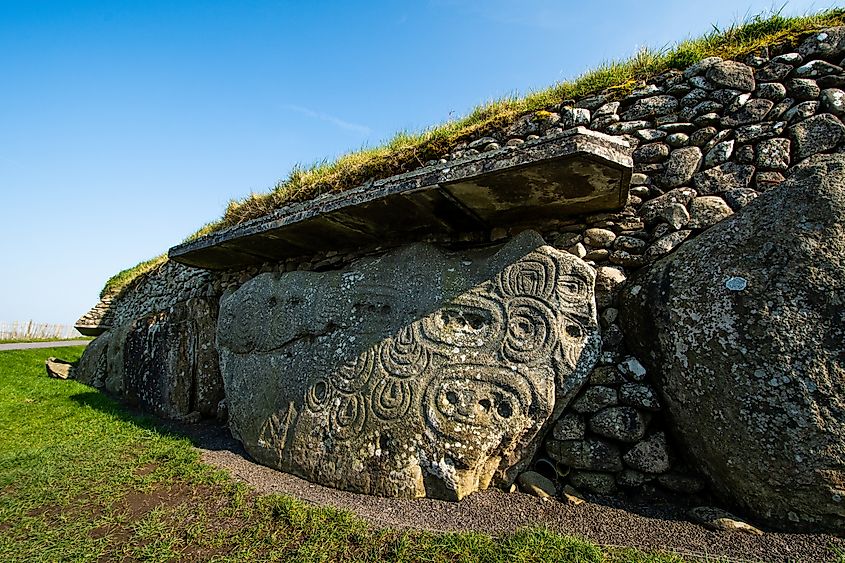
Newgrange is a Stone Age mound built by farmers in Boyne Valley around 3,200 BCE, making it older than both Stonehenge and the Great Pyramids of Giza. Spanning 85 meters (279 feet) in diameter and 13 meters (43 feet) in height, it totals about one acre in area. A 19-meter (62-foot) long passage opens into an interior chamber featuring three alcoves. Although archeologists originally classified the structure as a passage tomb, it is now believed to have served as an ancient temple as well. The time and labor that was required to build Newgrange suggest that a highly organized society with a variety of specialized groups was responsible for the construction.
Ajanta and Ellora Caves, Maharashtra, India

The Ajanta and Ellora Caves in western India were both important religious monuments dating back to ancient times. The earliest cave monuments in the Ajanta Caves were Buddhist and trace back to the 2nd and 1st centuries BCE. However, in the 5th and 6th centuries CE, many more elaborately decorated caves were added to the construction. The sculptures and paintings in the Ajanta Caves are widely considered to be one of the greatest ancient achievements of Buddhist rock-cutting architecture.
The Ellora Caves, meanwhile, feature 34 monasteries and temples, dedicated to a range of religions, including Buddhism, Hinduism, and Jainism. This religious diversity provides valuable insight into ancient India's society and its era of religious tolerance. Covering an area of over two kilometers (1.2 miles) and carved in the wall of a steep basalt cliff, the caves feature a sequence of monuments created between 600 and 1000 CE.
The Labyrinth of Egypt
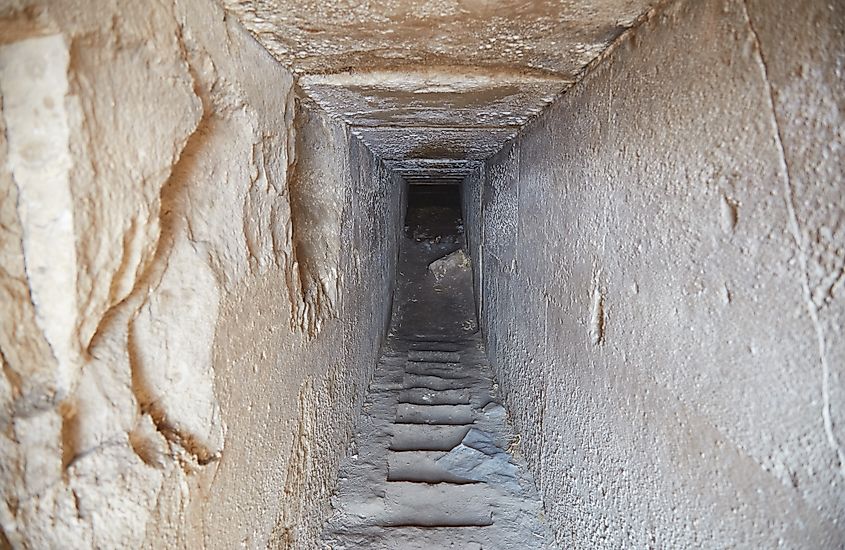
The Labyrinth of Egypt was an intricate structure located near the base of the Pyramid of Amenemhat III at Hawara. Constructed by Amenemhat III, the sixth Pharaoh of the 12th Dynasty, the labyrinth dates to around 1800 BCE. Although the temple has largely deteriorated, archaeologists believe it to have perhaps served as a network of funerary temples, similar to those found near other Egyptian pyramids. The total area of the labyrinth is estimated to have spanned about 28,000 square meters (300,000 square feet). Following an excavation in 1888, Egyptologist Flinders Petrie believed that the labyrinth’s northernmost section consisted of nine shrines that lay behind 27 columns.
The Great Ziggurat of Ur, Iraq
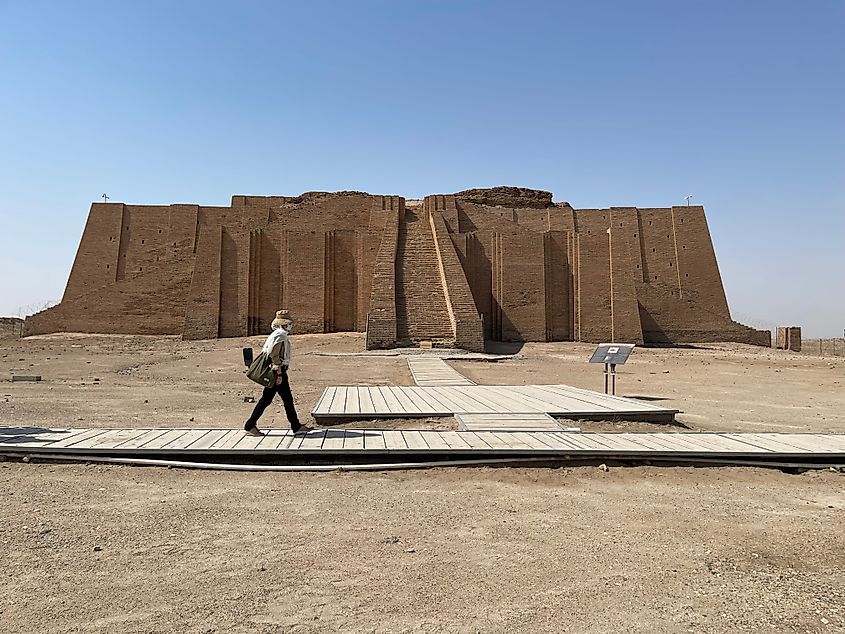
The Ziggurat of Ur, which translates to “temple whose foundation creates aura,” is a Neo-Sumerian compound built during the Early Bronze Age in the 21st century BCE and later restored by King Nabonidus in the 6th century BCE. King Ur-Nammu was responsible for the original construction of the ziggurat, dedicating it to the Mesopotamian god known as Nanna or Sîn. Although the height of the pyramid is debated, archaeologists believe the pyramid to measure around 64 meters (210 feet) in length, 45 meters (148 feet) in width, and more than 30 meters (98 feet) in height. Archaeologists excavated the remains in the 1920s and 1930s, with Saddam Hussein later reconstructing a portion of the facade and staircase in the 1980s. Today, the Great Ziggurat of Ur is considered to be one of the best-preserved structures from the Neo-Sumerian city of Ur.
Longmen Grottoes, China
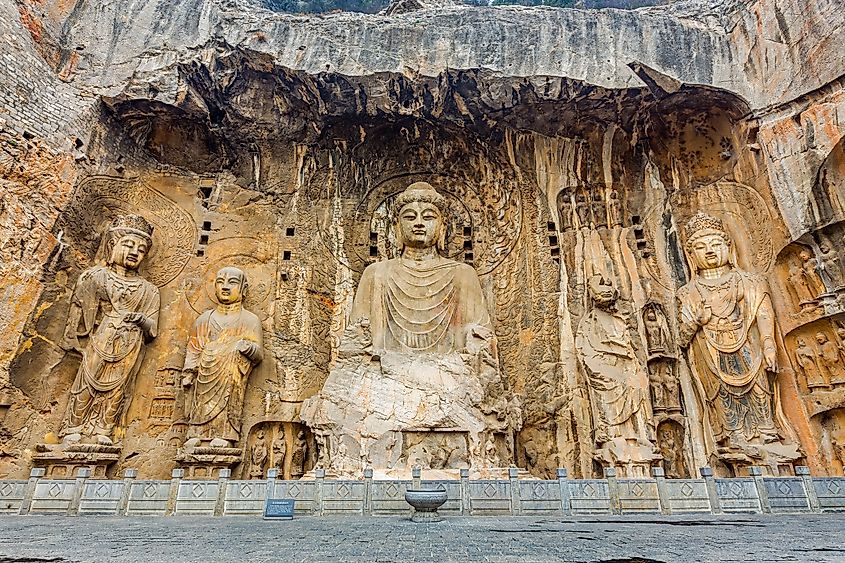
Dating back to the Northern Wei and Tang Dynasties, the Longmen Grottoes feature one of the largest and most intricate collections of Chinese art. Widely regarded as the pinnacle of Chinese stone carving, the works are dedicated to Buddhism. These grottoes consist of over 2,300 niches and caves that stretch for over a kilometer (0.6 miles) along towering limestone cliffs. Throughout the area, there are nearly 110,000 Buddhist statue carvings, over 60 stupas, and 2,800 carved inscriptions. The earliest cave carvings date to the late 5th and early 6th centuries, with the most intensive work continuing until the mid-8th century. The two sculptural styles, the earlier Central China Style and the later Great Tang Style, had an international impact, influencing artistic traditions across Asia and beyond.
Tikal, Guatemala
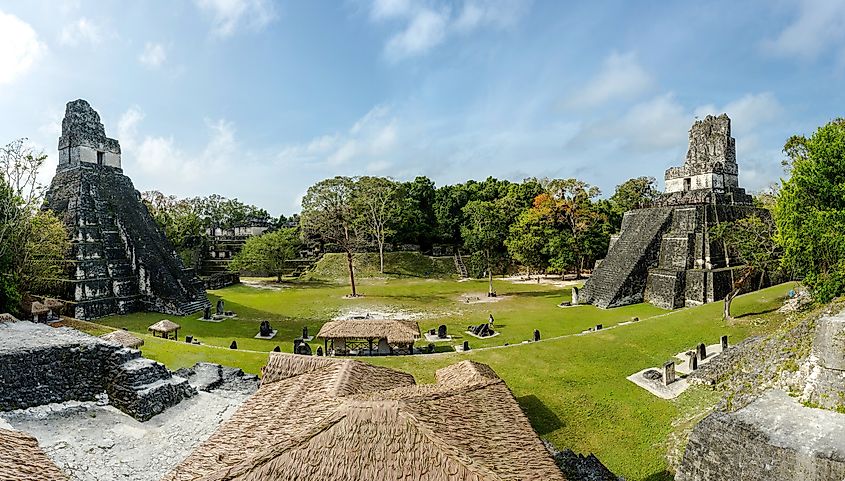
Tikal National Park, in northern Guatemala, is among the rare World Heritage sites recognized for both its cultural significance and natural biodiversity. The site spans 57,600 hectares (142,300 acres) of wetlands, tropical broadleaf forests, palm groves, and savannah, and contains thousands of Mayan archaeological remains dating from 600 BCE to 900 CE. The archaeological site is one of the most significant remaining complexes of the Maya civilization, featuring an urban area of roughly 400 hectares (990 acres) with architecture like temples, palaces, ceremonial platforms, local residences, ball courts, roads, and terraces. Many of the standing monuments also contain adornments like stone carvings and mural paintings that illustrate the city’s history and its relationships with neighboring cities.
Final Thoughts
Through these lesser-known wonders of the ancient world, archaeologists and anthropologists have gained a deeper understanding of how past human civilizations were structured. For example, studies of Newgrange have led archaeologists to conclude that Stone Age societies in the region were relatively organized. The Ellora Caves, meanwhile, offer important insight into India’s historical relationship with religion and religious tolerance. As a result, researchers can continue to use these sites to deepen their understanding of human cultural development.

